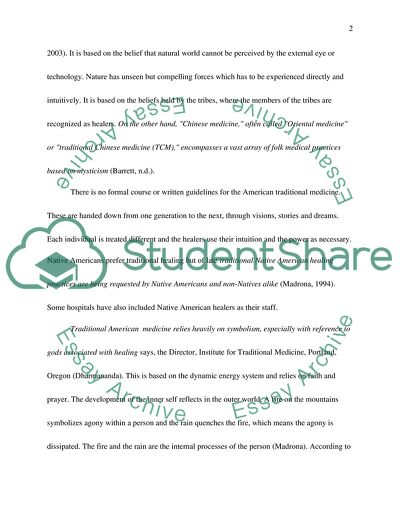Cite this document
(Chinese Herbal Therapies and the American Traditional Practice of Case Study, n.d.)
Chinese Herbal Therapies and the American Traditional Practice of Case Study. Retrieved from https://studentshare.org/health-sciences-medicine/1703603-a-comparison-of-acupuncture-and-chinese-herbal-therapies-to-the-american-traditional-practice-of-medicine
Chinese Herbal Therapies and the American Traditional Practice of Case Study. Retrieved from https://studentshare.org/health-sciences-medicine/1703603-a-comparison-of-acupuncture-and-chinese-herbal-therapies-to-the-american-traditional-practice-of-medicine
(Chinese Herbal Therapies and the American Traditional Practice of Case Study)
Chinese Herbal Therapies and the American Traditional Practice of Case Study. https://studentshare.org/health-sciences-medicine/1703603-a-comparison-of-acupuncture-and-chinese-herbal-therapies-to-the-american-traditional-practice-of-medicine.
Chinese Herbal Therapies and the American Traditional Practice of Case Study. https://studentshare.org/health-sciences-medicine/1703603-a-comparison-of-acupuncture-and-chinese-herbal-therapies-to-the-american-traditional-practice-of-medicine.
“Chinese Herbal Therapies and the American Traditional Practice of Case Study”. https://studentshare.org/health-sciences-medicine/1703603-a-comparison-of-acupuncture-and-chinese-herbal-therapies-to-the-american-traditional-practice-of-medicine.


